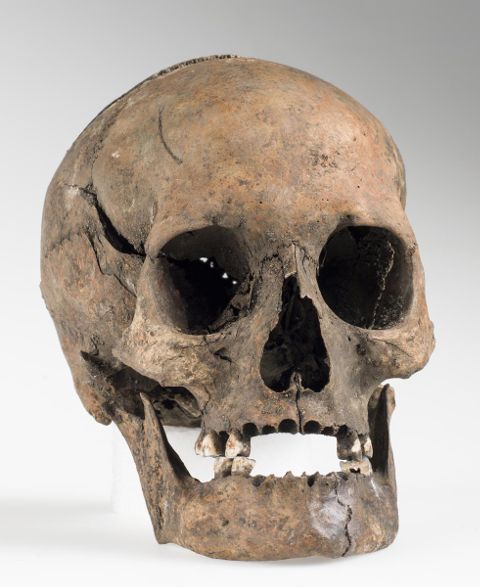Basque ethnography at a glance

Viking raids on the Iberian Peninsula in the 9th–11th centuries. Reproduced from Haywood 1995.
During the Viking Age (c. 800–c. 1060), seafarers of Nordic origin ravaged numerous communities along the northern, western, southern and eastern coasts of the Iberian Peninsula. In the following centuries, devout Nordic Christians went on pilgrimages to Santiago de Compostela in Galicia. But is it possible that individuals of Iberian Peninsular origin undertook travel, together with Scandinavians or perhaps partly on their own, in the opposite direction? And, if so, how far north did they go? The present note summarizes a few potential linguistic, archaeological and genetic indications of links from the mid 1000s to the early 1200s between the Iberian Peninsula and the olden Norwegian capital Nidaros, the present-day Trondheim.
In a previous post on this blog, attention was drawn to an enigmatic, previously largely neglected, Norwegian runic inscription N-32395. Dug up at the Trondheim Public Library Site and dating from the second half of the 1000s, the inscription has withstood attempts at a Scandinavian or Latin interpretation. More recent tentative efforts to match it to other conceivably relevant languages have also failed. In one case, however, the matching endeavor resulted in a largely complete and coherent reading, viz., when the text was compared to a reconstructed variety of Basque. A few other allegedly unintelligible runic inscriptions from Norway and Denmark appear to be relatable to the same language. These observations raise the question whether some speakers of this language could have reached Scandinavia at this time.

Fragments of the three oldest datable Santiago pilgrim shells found in Scandinavia. From left to right: N-40763 (two pieces, mid 1000s), N-39053 (end of 1000s) and N-39926 (end of 1000s). Courtesy of Åge Hojem, University Museum, Norwegian University of Science and Technology, Trondheim.
Possible archaeological evidence for medieval travels from Spain to Trondheim surfaces in the form of pilgrim shells from Santiago de Compostela. The first mention of Santiago scallop shells is from 1106 and is preserved in the collection Liber Sancti Jacobi. Denmark, Sweden and also Norway exhibit a fair number of such shells, most of which, however, cannot be dated. Interestingly, however, the three oldest datable Santiago shells uncovered in Scandinavia (N-40763, N-39053 and N-39926) are from the mid and late 1000s and were found precisely at the Public Library Site in Trondheim. Given their early dates, these three shells may have been brought to Trondheim on a fairly direct route. They do not tell us who their carriers were (most probably Scandinavians), but they do tend to suggest that long-distance travel from northern Spain to Trondheim was possible.

Skull of SK152 with likely maternal roots in central or southern Europe, possibly Spain. Mid 1200s. Courtesy of Åge Hojem, University Museum, Norwegian University of Science and Technology, Trondheim.
Further support for such long-distance travel to medieval Trondheim comes from a new startling genetic discovery. The Norwegian archaeo-osteologist Stian Hamre has analyzed the stable oxygen isotope composition (δ18O) in the enamel of a first molar and a wisdom tooth of a young woman SK152 who died in Trondheim in the mid 1200s and was buried at the Public Library Site. The results indicate that she was born in an arctic region, perhaps in northern Scandinavia or northwestern Russia, and that she had moved to Trondheim, when she was about 10–12 years old. Most amazingly, however, supplementary mitochondrial DNA analysis showed that in her maternal line she descended from a human population group, haplogroup H4a, which turns up, inter alia, in central and western Europe, but with its strongest concentration in northern parts of Spain.
To sum up, the three oldest datable Santiago pilgrim shells unearthed in Scandinavia come from the same town (Trondheim), the same block (the Public Library Site), and the same time period (second part of the 1000s) as the putatively ‘incomprehensible’ runic inscription N-32395, whose text may be couched in an early form of Basque. What is more, the young woman SK152, buried at a later point in time, but in the very same town (Trondheim) and in the very same block (the Public Library Site), may have her matrilineal roots in northern Spain. These converging indications suggest that we must remain open to the possibility that travels from the Iberian Peninsula as far north as Trondheim may in fact have occurred in those early days.
Stig Eliasson – Professor emeritus, Johannes Gutenberg University, Mainz (Germany)

